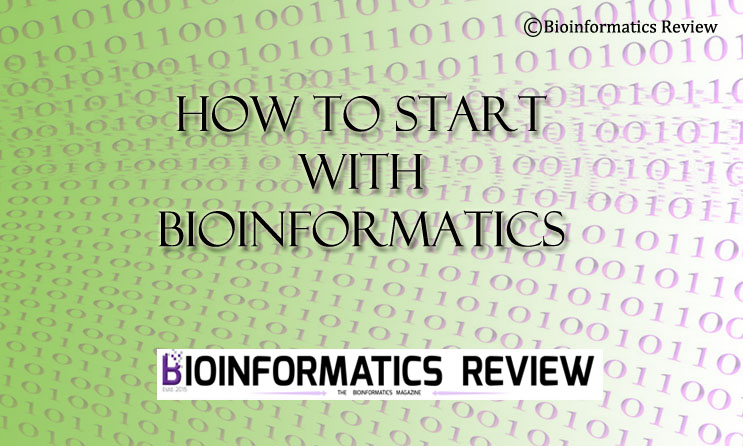If you find yourself in a laboratory full of people with scientific temperament, it can be exciting, awesome and hilarious. You may experience a real life “big bang theory” episode and witness all characters around you.
However, for the uninitiated, a large number of labs are a flourishing ground of rivalry and war grounds reiterating the fact on its inhabitant that they live in a maze.
Lab politics can be nasty, and those who don’t want to get involved are almost certainly the easiest target.
Here are a few tips based on my experience in labs on how to survive lab politics and prevent yourself from getting into situations uncalled for.
- Communicate Backbiting and misinformation is the nuclear weapon of every mole. They pass on false information about you leading to complexities. It ranges from simple misinformation about you being absent or drunk during work hours when you are not, to some complicated statements attributed to you. You can deal with this situation through regular communication. with your peers. Every one of them. Especially if you sense that your guide is growing weary of you. communicate as clearly as possible and if you sense misinformation, make it a priority to point it out without targeting the person acting as a mole. This will be such a blow…..oops!
- Be Humble
Back in my graduation days, I was made a leader for a group project, I worked harder than everybody suddenly realizes that it was only me that was working for the whole duration. So I became proud which reflected in my behavior. Seeing this, two girls approached the guide with some story, which I am still unaware of. The guide, who happens to be a lady, immediately removed me from the project & my name from the manuscript after it completed. The results were published without my name, the first author being that girl who was not even fully aware of the topic. Moral? even if you are doing everything, be humble or you risk being a lab rat.
- Divert to productivity
When somebody else is the target, it is relatively easy for you to just ignore what is happening but remaining silent in such situations will lead to an exponential increase in it and you never know when the dial points at you. You may try shifting focus to an interesting observation, experiment, or paper. This way, you show them that what these guys are talking about is not worth the time. - Don’t be evil If someone is doing something a certain way and you know they are wrong, just point it to them. Don’t go to your guide to complain. If you complain too much it is perceived as a negative trait. If you have problems try to resolve them on your own rather than asking someone to do them for you. If you can’t do it yourself, try to get help rather than ordering. Nobody owes you anything so be humble.
- Don’t over-promise
You may become a target without even saying a word! yes! it happens. The world is full of hatred for achievers. So if you have a lot in your kitty, don’t keep flaunting it. don’t promise that you will do this and that. Just keep doing things one by one. So they won’t even notice that you were running your own race and they were not even the participants.
6. Don’t get discouraged
If you are surrounded by ‘lab politicians’ and they criticize your work and working habits, then don’t get discouraged, because they would be trying to distract you from your work. In fact, it is a good sign, great success comes with criticism. Don’t believe what they say because ‘politicians’ never want anyone else’s account to be filled, just say thanks to them with a smile and keep going in your direction.
These are the tips that I have learned by working at labs in the University of Delhi, Indian Institute of Science Education & Research – Kolkata, Jamia Millia Islamia & Jawaharlal Nehru University.
Although I have tried to accommodate as much as I could, do you think I have missed something? would like to add something to the story? go ahead and comment below.





